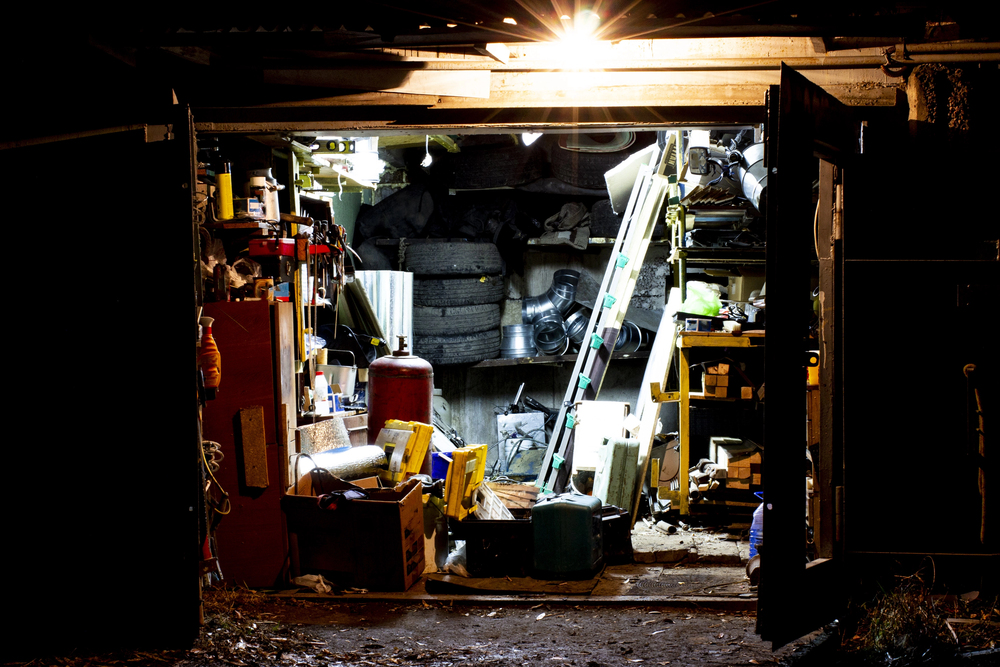Is a Dwelling Used as Storage Covered Under Other Structures?

By: Big “I” Virtual University Faculty
An insured has a manufactured home insurance policy. The insured used to live in a home on the same deed of land but has now turned the dwelling into a storage building. The agent had increased the value of other structures coverage to provide coverage for this structure.
The insurance carrier is stating that the former dwelling cannot be covered under other structures coverage since it has “living space,” such as a bathroom and kitchen. When the agent asked where the policy excludes that, the carrier said it is not specified in the policy.
The carrier wants the agent to write it on a vacant dwelling program, but if the building is being used for storage, the agent doesn’t think that would be correct.
Q: Why would a dwelling being used as storage not be covered under other structures?
Response 1: I don’t think you’re wrong on this point, but it sounds as though your insurer may have an underwriting guideline about the types of other structures it is willing to insure. If you have been speaking with underwriting, I suggest reaching out to the claims department to find out its position on this. They are the ones who will ultimately pay or not pay the claim.
If both underwriting and claims concur that this is not covered, do you really want to take a chance and continue to count on this policy to provide coverage? Even though the insured may prevail in the end, it will be a protracted claims process that will leave you and your insured unhappy.
Response 2: You wouldn’t use a vacant building policy on an adjacent building used for storage. Carriers are often reluctant to have other structures at substantial values when compared to the residence. If the house isn’t occupied as a dwelling, then I question the use of a dwelling policy. Is the storage miscellaneous personal property or something else?
You need to be very clear about the use of the structure and the property within.
Response 3: Though used as storage, the house is a dwelling that is vacant of persons that are typical to a dwelling occupancy. Some requisites are not in the policy but in the underwriting rules of insurers. Because it is a dwelling with typical dwelling elements, the carrier classifies it as such. Also, it’s likely the real estate records in the city and county record it as a dwelling.
Consider that, in the event of loss, legalities apply and the insurer would be required to rebuild the dwelling structure with like kind and quality, including a kitchen, and in compliance with local building standards for dwellings. It’s not a storage shed—more likely a run-down dwelling that is not properly cared for and maintained as a dwelling.
Crucially, is that storage dwelling a manufactured home? If so, it is excluded from the definition of other structures.
In contrast, if there is a guest house with a bathroom but no kitchen or cooking facilities, then some insurers will include the guest house under other structures. In other words, it’s back to the legal records and deeds, and its design—not how your client uses it.
Some other insurers take the same position that if the structure was built as a dwelling and has a kitchen, it does not qualify for other structures and requires a dwelling policy. You could try marketing the account to different insurers to learn if you get the same result or an accommodation.
Response 4: Whether you’re right or wrong, you’re still not the underwriter. There may be additional arguments that might be raised, such as the appliances being removed from the kitchen, or all beds, chairs, tables and other furnishings being removed, or the water supply being turned off. The place may not be immediately “livable” for a tenant or occupant, but the underwriter’s call on the situation is a matter of judgment, and not something defined in the policy.
This question was originally submitted by an agent through the Big “I” Virtual University’s (VU) Ask an Expert service, with responses curated from multiple VU faculty members. Answers to other coverage questions are available on the VU website. If you need help accessing the website, request login information.
This article is intended for general informational purposes only, and any opinions expressed are solely those of the author(s). The article is provided “as is” with no warranties or representations of any kind, and any liability is disclaimed that is in any way connected to reliance on or use of the information contained therein. The article is not intended to constitute and should not be considered legal or other professional advice, nor shall it serve as a substitute for obtaining such advice. If specific expert advice is required or desired, the services of an appropriate, competent professional, such as an attorney or accountant, should be sought.










